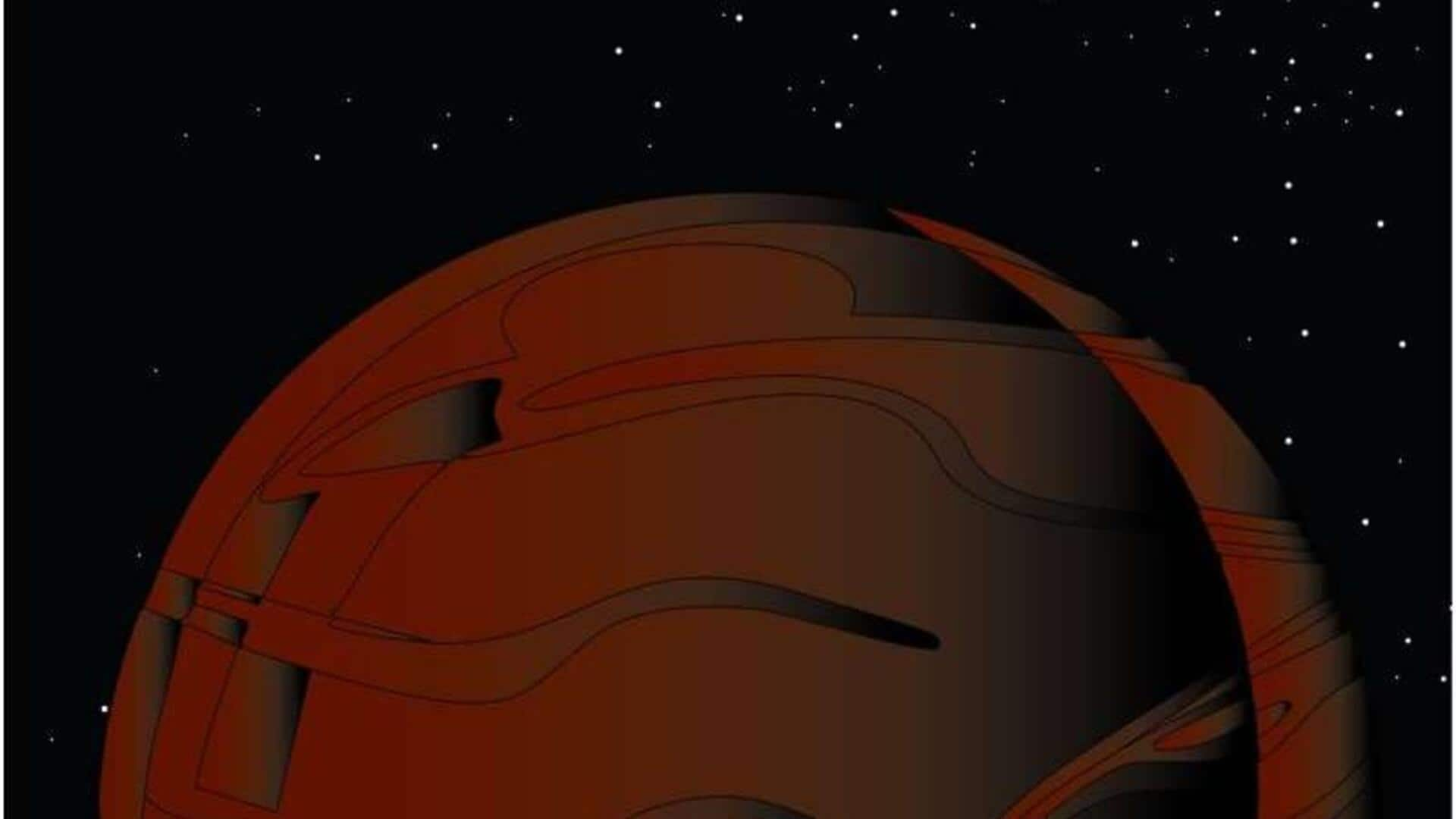
These celestial objects may finally help us understand dark matter
What's the story
Dark dwarfs, mysterious celestial objects, may be hiding at the center of our Milky Way galaxy. They could provide vital clues to unraveling the enigma of dark matter, one of the most fundamental phenomena in modern cosmology. A team of researchers from the UK and Hawaii has proposed this theory in a paper published in the Journal of Cosmology and Astroparticle Physics. The study is titled Dark Dwarfs: Dark Matter-Powered Sub-Stellar Objects Awaiting Discovery at the Galactic Center.
Cosmic connection
What are dark dwarfs?
The researchers, who are part of an Anglo-American team, have dubbed these objects "dark dwarfs." The name is not because they are dark bodies but due to their unique association with dark matter. Jeremy Sakstein, a physics professor at the University of Hawaii and one of the study's authors, explained that dark matter makes up about 25% of the universe and is invisible as it doesn't emit light.
Matter mysteries
What is dark matter?
Despite knowing about the existence and behavior of dark matter, its true nature remains a mystery. Over the last 50 years, various hypotheses have been proposed but none have enough experimental evidence to dominate. Among the most popular candidates are Weakly Interacting Massive Particles (WIMPs), which are the heavy particles that interact very weakly with ordinary matter. They remain invisible and only reveal themselves through their gravitational effects.
Stellar secrets
How do ordinary stars form?
Sakstein explained that dark matter could be captured by stars and accumulate inside them, possibly interacting with itself and annihilating. This would release energy that heats the star. Unlike ordinary stars like our Sun, which shine due to nuclear fusion in their cores, dark dwarfs are low-mass objects (around 8% of the Sun's mass) that don't trigger fusion reactions. They usually emit faint light due to energy produced by their relatively small gravitational contraction.
Cosmic transformation
How do dark dwarfs form?
However, if brown dwarfs are in areas with a lot of dark matter, like the center of our galaxy, they can transform into dark dwarfs. Sakstein said such objects collect the dark matter that helps them turn into a dark dwarf. The more dark matter around, the more they can capture and the more energy will be produced through its annihilation.
Matter interaction
Do we know what dark matter is made of?
For the dark dwarfs to exist, dark matter has to be made of WIMPs or any heavy particle that can interact with itself strongly enough to produce visible matter. Other proposed candidates such as axions, fuzzy ultralight particles, or sterile neutrinos are too light to produce the expected effect in these objects. Only massive particles capable of interacting with each other and annihilating into visible energy could power a dark dwarf.
Detection strategy
How to find a dark dwarf?
The study proposes a unique marker to identify a dark dwarf: Lithium-7. This element easily burns and is quickly consumed in ordinary stars. If an object looking like a dark dwarf is found, the presence of Lithium-7 could be looked for as it would not be there if it was a brown dwarf or similar object. Tools like the James Webb Space Telescope could already detect extremely cold celestial objects like dark dwarfs.